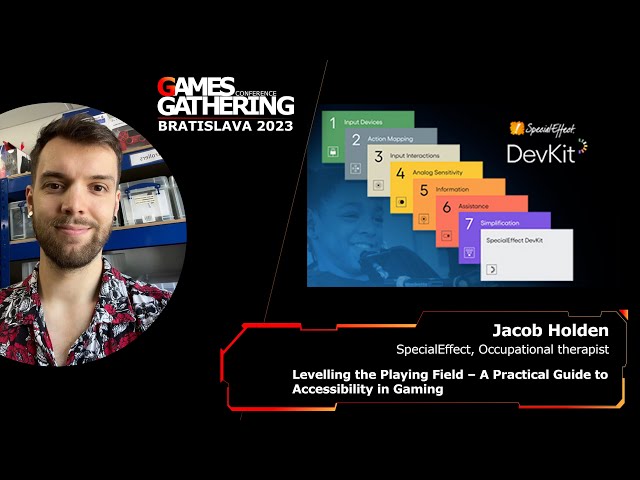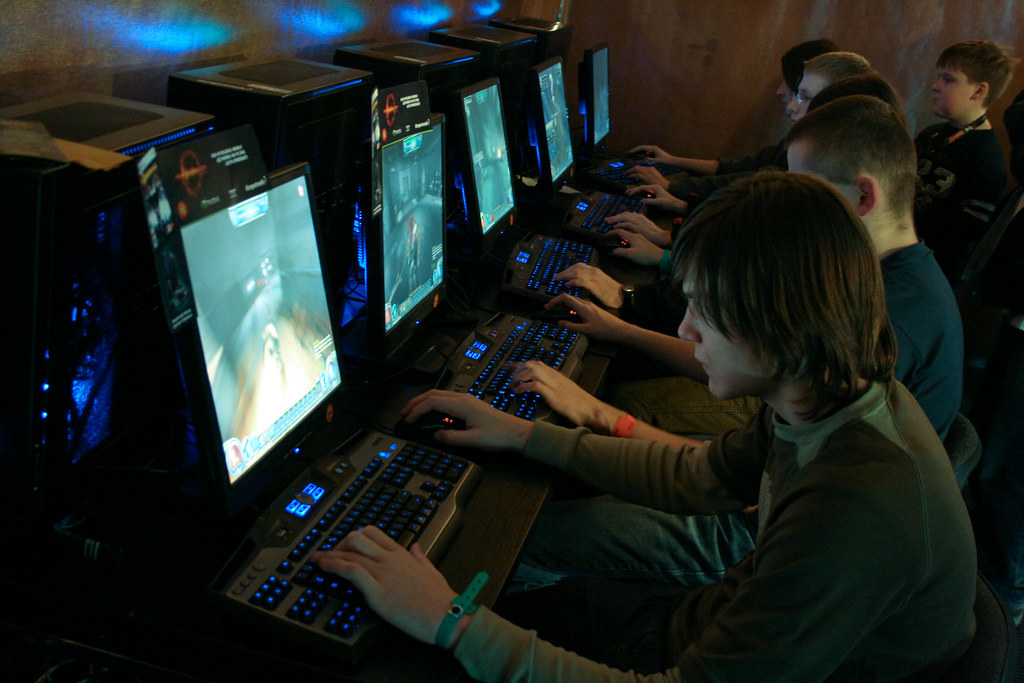The realm of video gaming has undergone a remarkable transformation, particularly in the sphere of accessibility. Once a landscape with little consideration for players with disabilities, the industry has begun to embrace inclusivity, albeit with room for growth. The early days of gaming presented a stark contrast to today’s efforts. Classic titles and gaming systems were notorious for their lack of accessibility features.
The Nintendo Hands Free controller, a rare and expensive solution offered through customer service, exemplified the challenges faced by disabled gamers. This set a precedent where the onus of accessibility fell upon the consumers themselves, leading to a culture of self-reliance among disabled players who sought to adapt games to their needs. Despite the formation of advocacy groups like The International Game Developers Association (IGDA) Game Accessibility Special Interest Group and attempts to establish accessibility guidelines, major developers largely overlooked these initiatives.

The tide began to turn as accessibility features became more prevalent.
The past three years have seen a surge in such features, with games and consoles incorporating settings for captions, color blindness, and innovative modes like Xbox’s co-pilot feature. The release of Celeste in 2018 marked a watershed moment with its assist mode, challenging the notion that difficulty is integral to a game’s identity. This mode, which allowed players to adjust game speed, skip levels, and even become invincible, opened the game to a wider audience without compromising its narrative essence. Inspired by Celeste, an independent developer created a similar mod for Cuphead, further fueling the push for accessibility.
Mainstream titles followed suit, with God of War, Marvel’s Spider-Man, and The Last of Us 2 introducing extensive accessibility options, from customizable controls to alternative gameplay mechanics. The launch of the Xbox Adaptive Controller in 2018 signified a growing recognition of disabled gamers within the industry. The gaming community has shown resistance, as seen with the debate around Sekiro: Shadows Die Twice’s difficulty level. Despite calls for an ‘easy mode’ to make the game more accessible, a vocal segment of the fanbase opposed it, fearing it would dilute the game’s vision. This highlights a disconnect between the progressive intentions of developers and the traditionalist views of some gamers.
Progress in video game accessibility is clear, but challenges persist.
Many games still require a degree of fine motor control, and not all can be made fully accessible. Nonetheless, the industry is moving closer to inclusivity than ever before. Transparency about game accessibility is crucial, and resources like Can I Play That? (CIPT) provide valuable information to disabled players. The platform, run by disabled writers, offers insights into the accessibility of games and celebrates advancements in the field with annual awards.
The discussion around accessibility in gaming is multifaceted, encompassing both software features and hardware innovations. While some companies, like Microsoft, have been praised for their efforts, others, such as Nintendo, have been criticized for their inconsistency and lack of comprehensive accessibility options. The absence of features in games like Metroid Dread and Splatoon, and the lack of remappable controls in titles dating back to the Wii era, underscore the need for improvement. The gaming community has expressed a desire for accessibility tags similar to those on the Xbox store, which provide clear information about a game’s accessibility features.
The conversation extends to the broader gaming experience, with players highlighting issues such as small font sizes in UI elements and dialogues, which can be a barrier for those with vision impairments. The need for larger fonts and English dubs in Japanese games has been raised as a concern, illustrating that accessibility is not just about physical controls but also about the overall user interface and experience.
Accessibility features in OS updates may enable devs to provide same options as first-party games.
The recognition of accessibility at major industry events, such as The Game Awards, is a positive sign that inclusivity is gaining the spotlight it deserves. The journey towards a fully inclusive gaming world is ongoing, and while significant strides have been made, the collective efforts of developers, players, and advocates are essential to continue breaking down barriers and ensuring that video games can be enjoyed by everyone.
The conversation around video game accessibility is not just about celebrating past achievements but also about fostering a future where everyone can enjoy gaming. The community and industry are at a crossroads, with the potential to embrace a future of inclusive gaming that caters to the diverse needs of all players.
The gaming community is a mosaic of individuals, each with their own unique challenges and preferences.
As we’ve seen with the discussions surrounding games like Sekiro: Shadows Die Twice, there’s a portion of the community that holds fast to traditional gaming experiences. They fear that introducing accessibility options might dilute the challenge that is integral to certain games. However, this perspective overlooks the fact that accessibility does not equate to ease; rather, it’s about providing equal opportunities for all players to experience the game to its fullest.
The industry is listening, though. The success of games with robust accessibility options, like The Last of Us 2, demonstrates a growing awareness among developers that inclusivity is not just a niche concern but a mainstream demand. The game’s accessibility menu, which guides players through various options right from the start, is a testament to the thoughtful design that can make games more approachable without compromising their core experience.
The Xbox Adaptive Controller is another beacon of progress, reflecting the industry’s acknowledgment of gamers with disabilities. This piece of hardware is a powerful statement that gaming is for everyone, and it sets a precedent for other companies to follow. The controller’s modular design allows for a wide range of physical disabilities to be accommodated, making it a versatile tool in the pursuit of inclusive gaming.
The industry’s efforts must be consistent and widespread.
As players have pointed out, companies like Nintendo have been inconsistent with their accessibility options. Titles such as Metroid Dread and Splatoon have been criticized for their lack of accessibility features, particularly in control customization. This inconsistency not only affects the enjoyment of current games but also sends mixed messages about the company’s commitment to inclusivity.
Accessibility tags, like those on the Xbox store, are a simple yet effective way to inform players about the accessibility features of a game. These tags provide clarity and assurance, allowing players to make informed decisions before purchasing a game. It’s a feature that players have come to appreciate and one that other platforms, including Sony’s PlayStation, could benefit from adopting.

The issue of accessibility extends beyond just physical controls. Players with partial vision loss have highlighted the challenges posed by small font sizes in UI elements and dialogues. The need for larger fonts and the option for English dubs in Japanese games are just a few examples of how accessibility considerations can impact the overall gaming experience.
Looking ahead, there’s hope that accessibility features will become integrated at the operating system level, making it easier for developers of all sizes to include them in their games. This would level the playing field, allowing indie studios to offer accessibility options comparable to those found in first-party titles.
The recognition of accessibility at major industry events is a positive step forward. It brings visibility to the importance of inclusivity in gaming and celebrates those leading the charge. As we push for a more inclusive gaming future, it’s crucial to listen to all players and create truly accessible experiences. The path to inclusive gaming requires collective efforts for continuous improvement. Embracing challenges and opportunities in creating accessible games ensures virtual worlds are open to all.
Related posts:
[Access-Ability] Video Game Accessibility Has Come So Far
What’s the State of Accessibility in Gaming?
Accessibility in Gaming. We all benefit from improving game…




